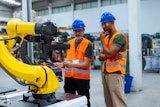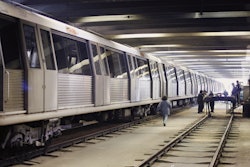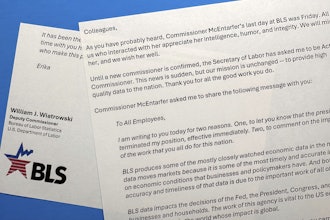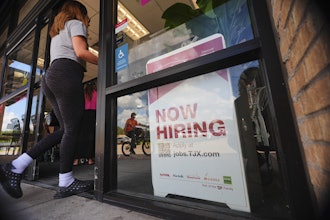Not long ago, most business experts considered manufacturing growth in America to be a lost cause. While it’s true that the U.S. doesn’t dominate globally as it did in the decades after World War II, there’s no denying the rejuvenation taking place in manufacturing jobs.
Manufacturing continues to boom within the surging U.S. economy and, over the eight years since the Great Recession ended, businesses operating in smaller metropolitan areas are driving the revival. As larger traditional hubs tend to remain stagnant, conditions in places you might not expect—including Grand Rapids, Mi.; Raleigh, N.C.; and Pittsburgh—promote manufacturing growth while offering optimism that the newfound prosperity can last.
There’s a battle for talent, and instead of manufacturers recruiting individuals to big cities—a difficulty within the current dynamics of the economy—companies are going where a growing diversity of potential employees already live.
Three Examples
In western Michigan, about 150 miles west of Detroit, the Grand Rapids area offers an assortment of 2,500 manufacturing companies—notably General Motors, Amway, Kellogg’s, and Bissell. Plenty of diverse industries are located there, including metals, plastics, biopharmaceuticals, medical devices, production technology, food processing, and more.
Furthermore, the region’s research institutions—such as the Van Andel Institute, the Michigan Alternative and Renewable Energy Center, and the University Research Corridor—offer valuable support to manufacturers.
Raleigh, the capital of North Carolina and a hub of its Research Triangle area, experienced 14 percent job growth between 2012 and 2017. The Triangle—which encompasses 15 counties surrounding the University of North Carolina, North Carolina State University, and Duke University—expects to add up to 37,000 jobs by the end of 2020.
Pittsburgh is one of the country’s larger “small” cities, with a population of about 300,000, and it has been a big success story in manufacturing’s resurgence. Job creation in western Pennsylvania increased 15 percent over the year before (from 2016 to 2017), reports the Pittsburgh Region Business Investment Scorecard. Among regional manufacturing jobs, wages averaged $54,091—13 percent better than the national average—and overall manufacturing growth remains stable.
Shortening the Chain
Because of transportation convenience, most manufacturing in the U.S. historically has been based in large cities, which meant that workers needed to live there, too. But with improvements made to logistics, smaller cities aren’t as remote as they used to be. Moving goods in and out isn’t the same hassle.
For workers in small cities, the overall lifestyle can be more attractive. The cost of living certainly is lower, which makes smaller cities more attractive to a more diverse population. Real estate is cheaper, which encourages people to buy homes or even build. Folks are getting mortgages for homes in rural areas at much higher rates than anywhere else.
Other details of living in a smaller community also appeal to workers. Commutes that take five to 10 minutes are much less stressful than those that take an hour-plus. Schools tend to be better in smaller communities. A happier, diverse population makes for a great employee base.
If the cost of doing business also is lowe —factors that state governments control through lower corporate taxes and other incentives—it’s easy to see a compelling formula coming together. Communities lowering the tax burdens on individuals and companies gain an edge in attracting new business. It’s a big reason why Amazon moved to Kent County, Washington, investing $150 million there. The advantages of small-town life, along with lower taxes, paved the way for what’s happening in North Carolina. Legislators have reduced the cost of government, reformed the tax codes, and streamlined the regulatory process.
The Next Incarnation of Industry
To replenish their supply chains, manufacturers aren’t looking to China or India as much as they used to. They don’t want to go 10,000 miles if they can be two or three hours away. Keeping the supply chain shorter—not just geographically, but also with time—will help grow manufacturing in the coming years.
Manufacturers have already learned what it takes to make a cheaper widget; going forward, figuring how to make the widget smarter will be no less important. That’s where a robust university and research environment and support system can give smart manufacturing a big advantage. How do we build not only the cheapest car but the cheapest, safest self-driving car?
Industry 4.0—a combination of the Internet of Things, cyber-physical systems, and automation — is where our vision should focus. The future of manufacturing will be written where the research happens—places such as the Economic Growth Institute at the University of Michigan—and where the manufacturers are located. That’s where the next Industrial Revolution is happening, in small towns all across America.
Martin Stein is the founder and managing director of Blackford Capital.























